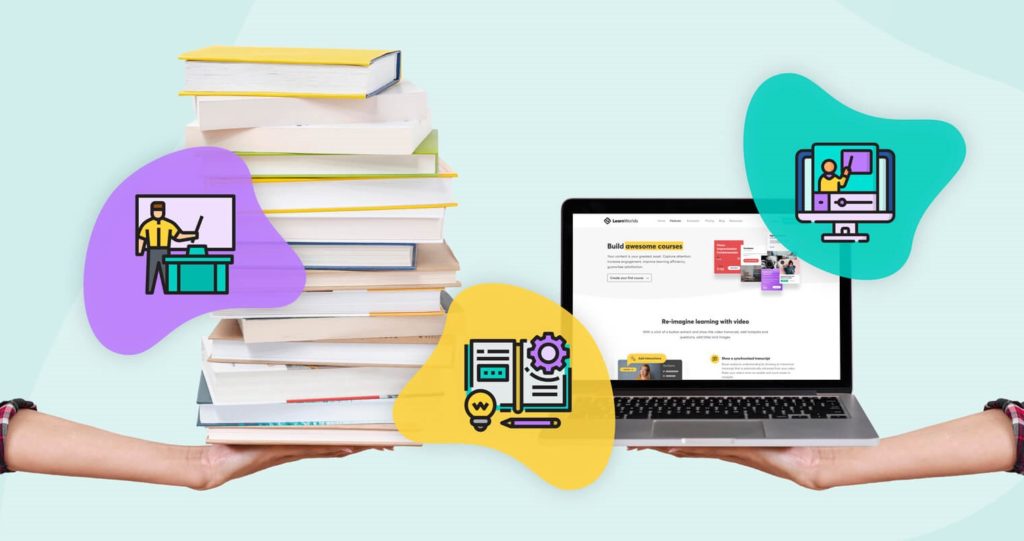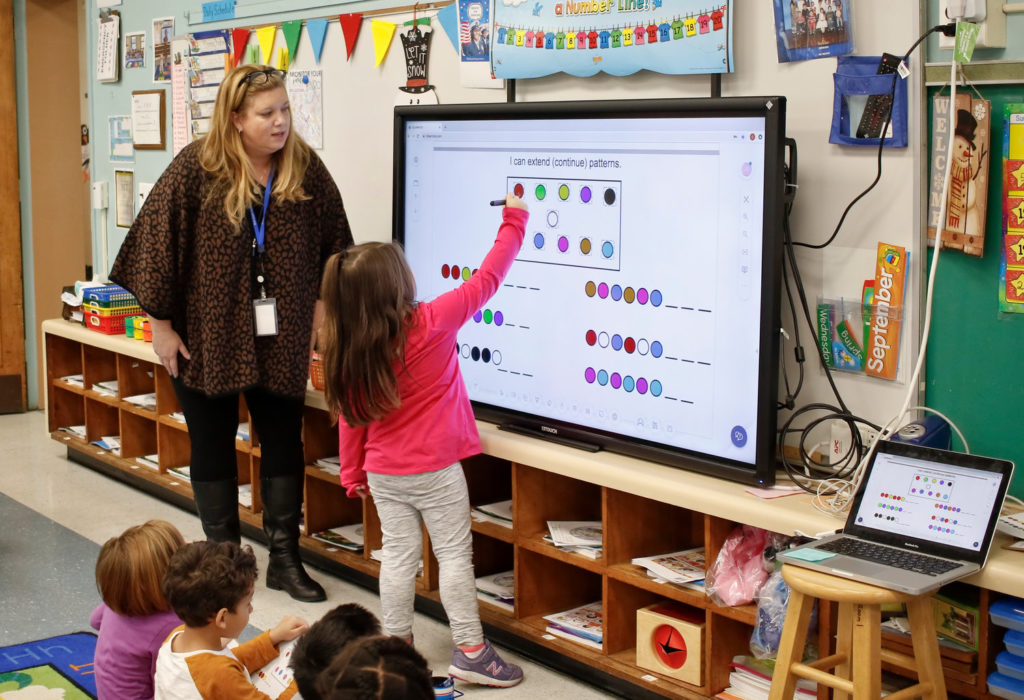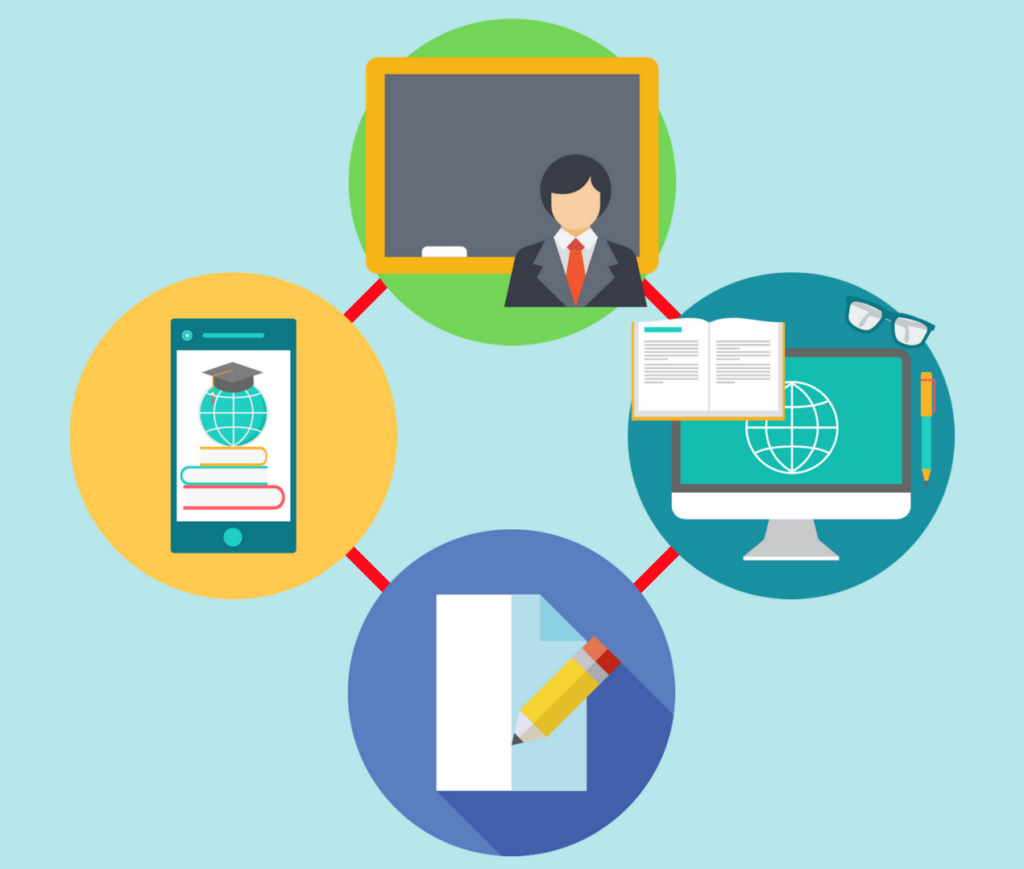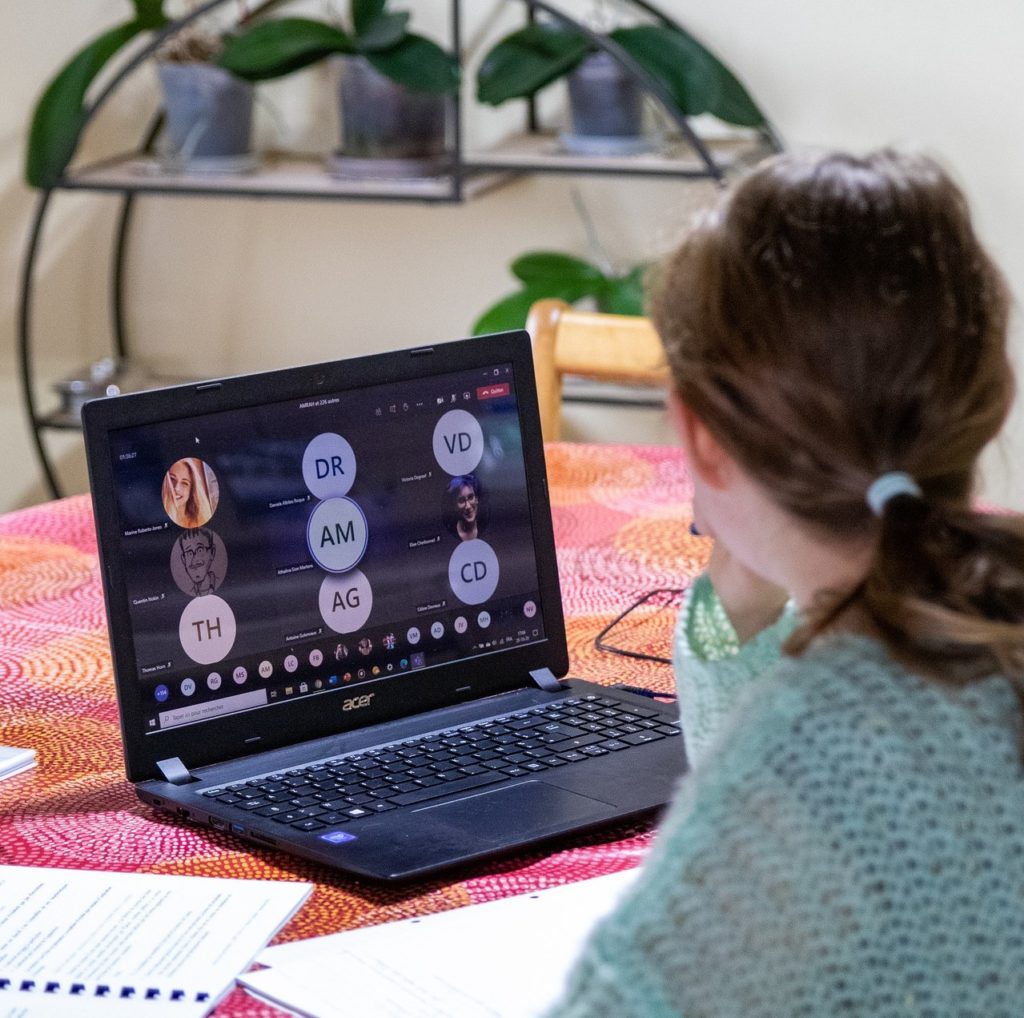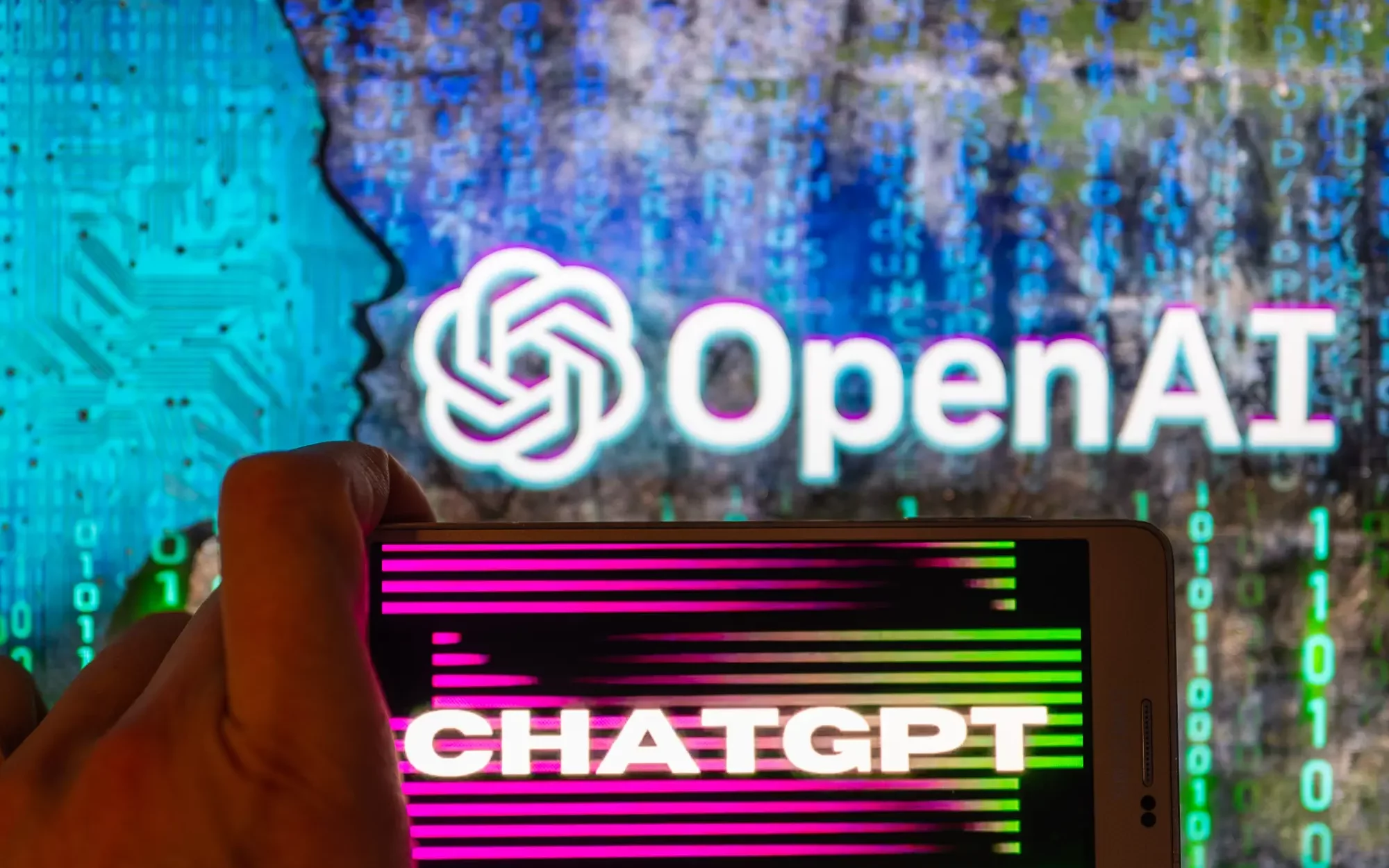
ChatGPT is an advanced language model powered by AI and developed by OpenAI, a US-based company. It has been trained on a diverse range of internet text, enabling it to generate responses that are similar to those of a human being to a wide array of questions and prompts. Since its introduction in late 2022, it has become a widely discussed topic, not only amongst educators and educational organisations, but also in academic circles. This is largely due to concerns about the potential for misuse by students and researchers and the risks it may pose to academic and research integrity.



